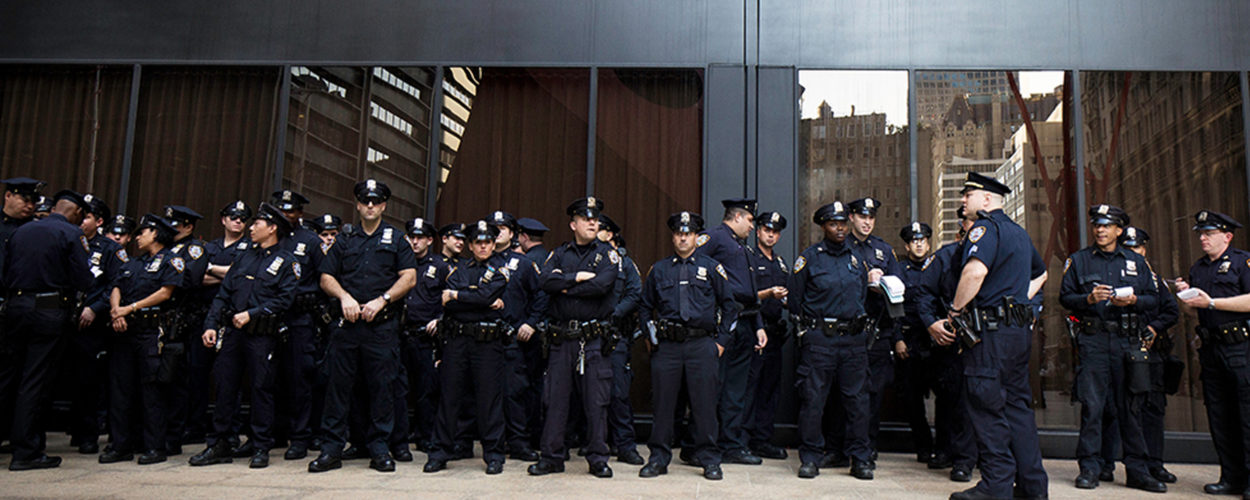
This article was written by TJ Alioto, VirTra Subject Matter Expert.
Before I was a Field Training Officer (FTO), or even just a street officer, I was just another kid growing up. While I was out exploring the world, my mother would be right there to teach me, guide me and remind me of the things I can and can’t do. When I would see her do something that she said I’m not supposed to do, she would say “Do as I say, not as I do.”
Moms can say that. FTO’s cannot.
As an FTO, you have the opportunity to shape a new officer in a way that will guide them through their entire career. You’ll set the standards of what is and isn’t acceptable behavior, how to interact with the public and how to train effectively. A great way to start that path for the new officer is to do some one-on-one training in a simulator with them.
Think back to when you were a new officer. You probably had a million different things being thrown at you, all at the same time. It is a constant barrage of laws, policies, procedures and tactics. And as you’re trying to absorb all of this information so you can learn the job, you need to protect yourself, and those around you.
By using a training simulator, such as the VirTra V-300, you can remove some of the stressors a new officer experiences so they can focus on the exercise. And, as an FTO, you can model that behavior that you want that new officer to replicate. The trainee can be beside you in the simulator as you have them watch your movements, listen to what you say and see how you react. And they can do this in an environment where the only thing they have to focus on is the training.
Using the simulator will allow the FTO to slow the training down and explain as necessary the goals and how to get there. Scenarios can be paused for some training time, or branches can be selected for specific training items. Using the V-Author software, FTO’s can make their own custom scenarios to tackle some of their more common training issues with new officers.
Another great feature of using a training simulator in the FTO program, is the ability to capture the new officer’s performance early in the FTO training, then compare it to how they are doing near the end of their training. Training scenarios can also be used for officers that might have some “Not Responding to Training” (NRT’s) or “Unacceptable” ratings during their FTO program. The FTO can utilize the training simulator to help the officer by focusing on exactly what the concerns might be.
In those unfortunate situations where a new officer isn’t going to make it out of the FTO program, you can rest assured that you’ll have great training documentation if you used a training simulator and the VirTra Trainee Monitoring and Recording system (TMaR).
Being an FTO is, in my opinion, one of the hardest assignments an officer can have. Perhaps it can be a little easier and hopefully more effective by using a training simulator. And when you walk into that training scenario with your trainee by your side, you can become the FTO that says “Do as I say, AND as I do.”
Stay Safe. Stay Dedicated.
Recently Published
Join Our Newsletter







